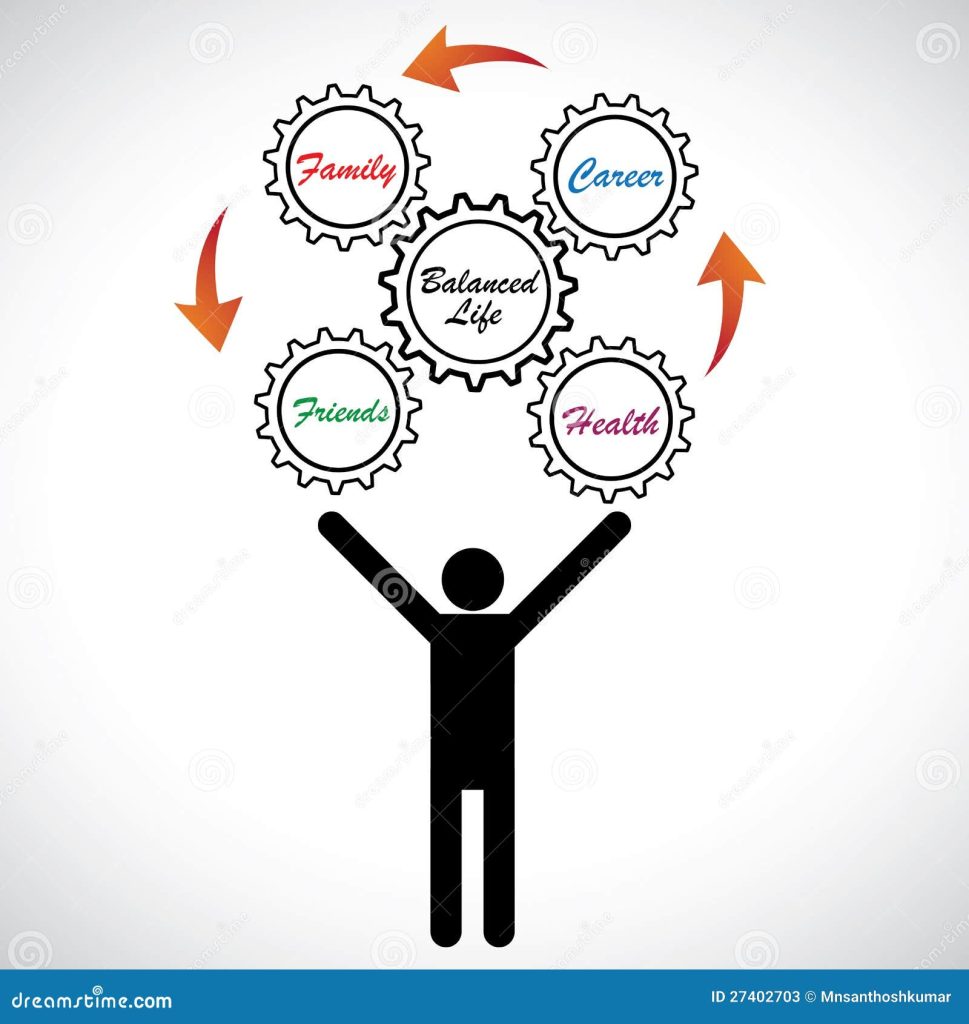
The Art of Balance: Juggling Work and Health is the key to unlocking a fulfilling and sustainable lifestyle in today’s demanding world. Too often, we find ourselves caught in a whirlwind of deadlines, meetings, and responsibilities, neglecting our physical and mental well-being in the process. This article will explore practical strategies to effectively manage work and health simultaneously, empowering you with the tools to cultivate a healthy work-life integration. We’ll delve into the importance of setting boundaries, effective time management, stress reduction techniques, and prioritizing self-care. The structure will cover the importance of these concepts and offer actionable steps to create a better work-life balance for yourself.
Understanding the Importance of Work-Life Balance
Defining Work-Life Integration
Effective work-life balance isn’t about rigid separation but a seamless integration of work and personal life, allowing for a healthy and sustainable lifestyle. In today’s fast-paced world, achieving a true balance can feel like an elusive goal, often perceived as impossible to achieve. Work demands are often overwhelming, resulting in stress, reduced productivity, and strained personal relationships. Many people feel caught between the relentless pressures of their jobs and their need for personal well-being, causing considerable emotional and physical distress.
Prioritizing Tasks and Managing Time
Setting Realistic Goals and Prioritizing Tasks
Establishing a clear understanding of your priorities and setting attainable goals is crucial for effective time management. Avoid the trap of overcommitting. Be realistic about the time it takes to complete tasks and plan your time accordingly. A well-structured schedule helps ensure that you allocate enough time for both work and personal activities. This proactive approach to time management will minimize stress and increase productivity, ultimately contributing to a healthier work-life balance.
Building Healthy Boundaries
Establishing Clear Boundaries
Learning to set clear boundaries is essential for protecting your well-being. This involves defining limits between work and personal time, and sticking to those boundaries. Communicate these boundaries to colleagues, supervisors, and family members. This might entail specific hours for work, designated times for personal activities, or dedicated zones for work. The key is consistent application of these limits, which will ultimately help you to reclaim control and prevent burnout.
Cultivating Self-Care Practices
Creating a Regular Self-Care Routine
Implementing a routine dedicated to self-care can effectively reduce stress and improve overall well-being. This encompasses activities such as exercise, relaxation techniques, adequate sleep, social connections, and pursuing hobbies. Regular exercise has proven benefits for both physical and mental health, fostering stress reduction and a sense of well-being. A consistent self-care routine acts as a buffer against the demands of work and personal life, fostering resilience.
Communication and Support
Fostering Open Communication
Maintaining open communication lines with colleagues, supervisors, and loved ones is paramount. This can help to effectively navigate work-related challenges and prevent unnecessary stress. Honest communication helps to share your needs and priorities while also soliciting support during challenging times.
Work-From-Home Strategies
Q2: How can I stay productive while working from home?
Techniques to Reduce Stress
Q3: How can I reduce work-related stress?
Building a Support System
Q4: How can I cultivate a support system to help me maintain work-life balance?
The Importance of Mindfulness and Relaxation
Integrating Mindfulness into Daily Life
FAQ
Q1: How can I effectively manage my time when I have many responsibilities?
A1: Effective time management involves creating a structured schedule, prioritizing tasks, and breaking down large projects into smaller, more manageable steps. Utilize tools such as calendars and task management applications to track your progress and ensure you stay on track. Take regular breaks and avoid multitasking, focusing on one task at a time to maximize efficiency. Set realistic deadlines and allocate sufficient time for each task to ensure consistent progress, preventing potential burnout.
In conclusion, achieving a healthy work-life balance is not about perfection, but about consistent effort and conscious choices. By prioritizing your well-being, setting boundaries, and utilizing effective time management techniques, you can navigate the complexities of modern work life and cultivate a more fulfilling and sustainable lifestyle. Remember to regularly re-evaluate your strategies and adapt as needed. Ready to master the art of work-life balance? Download our free guide today!